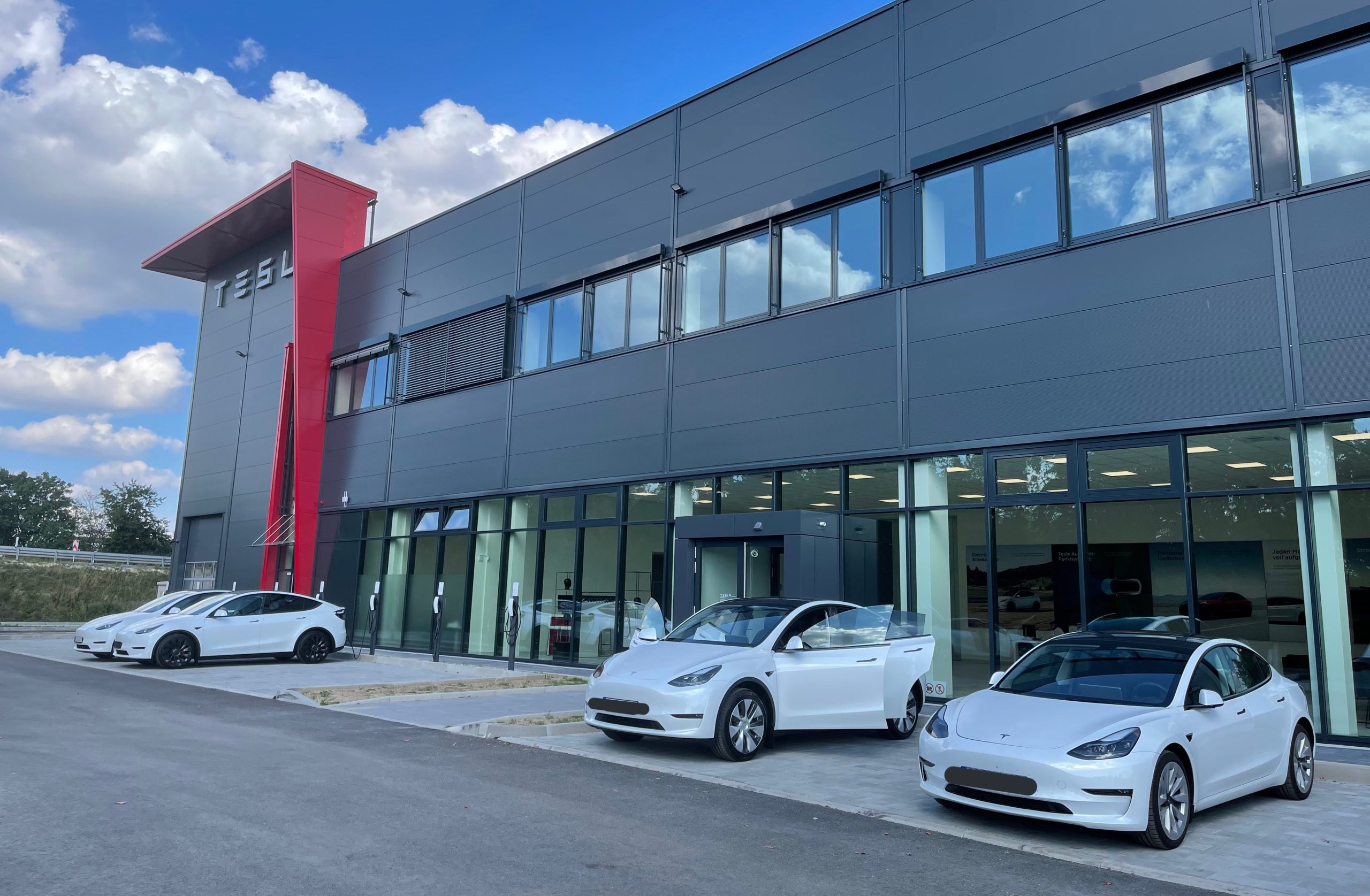Do you know how to present a persuasive argument without ad hominem insults and excessively negative tone? If so, why do you persistently choose to write in this manner? How does that help make the community better?
As shown in the charts linked by dhanson, Tesla's prices have simply returned to where they were before the pandemic on an inflation-adjusted basis (about 10% higher), except for Performance/Plaid variants which have gone from crazy-expensive to more reasonable. However, that actually might tend to increase overall average margin by convincing more customers to upgrade, because now the gap between base variants and P variants is smaller than ever. It's really not clear how many cars Tesla actually sold at the super-high prices they set in last March, because average revenue per vehicle only rose by a few thousand dollars over the rest of 2022.
Meanwhile, Tesla's average cost per car is trending down since Q3, management has repeatedly stated that prices of raw material inputs and shipping have been plummeting, and this year the proportion of Model Y in the mix is going to increase substantially. We're also going to be shipping cars far less distance on average and Berlin and Austin won't be dragging down average margins like in 2022.
Tesla also informed us on Investor Day that at the new prices the rate of orders still greatly exceeds the rate of production, and the most recent short-term trend is the prices creeping back up in response to this.
Expectations of imminent refresh and HW4 deployment also may have contributed to a short-term demand pocket. Beware of over-extrapolation based on short-term variation.
At no point has Elon said cars would be sold at negative margin to push more growth. On that Twitter Spaces discussion which I assume you are referring to, he said in the worst case Tesla would go to 0% margin this year, but I'm pretty sure the point he was making is that if there is a severe short-term recession Tesla will not slow down growth because the mission demands it and because that will leave them ready to push much more volume when good times return.
Long-term financial projections for this enterprise are inherently volatile. The error bars are huge, especially because we're dealing with ridiculous exponential growth and multiple simultaneous technology disruptions. I doubt even Tesla's own internal projections for 10 or 20 years into the future have much precision.
Here's what matters for the long-term:
1) Tesla has a huge lead in stationary storage with Megapack XLs and there are compelling reasons to believe that the gross margins will be 50%, if not more, at today's prices of $420/kWh and up. There's a huge amount of room to reduce price and make excellent profits as this business scales, and we need to grow volume by at least 25x relative to current production rates.
2) Tesla makes cars that millions of people want and many millions more will want after they learn about the cars. The barrier presently is affordability, and the company presented a clear and credible plan for cutting the costs in half from $35-40k to $17-20k. Due to the extremely nonlinear relationship between vehicle price and quantity demanded and also due to the giant wave of consumer acceptance of EVs that's still just in the early adopter phase, it's safe to project that demand will be an order of magnitude larger than today's 2M/yr level *if* Tesla drops ASP to something like $30k. With an average cost somewhere around $20k, that would be ~$10k gross profit per car and ~33% gross margin, even better than 2022.
How about, instead of vaguely telling everyone else how bad their modeling is, you present your own -- with specifics -- and provide the rationale?
Now if you'll excuse me, I'm late for the local Tesla cult meeting and I don't want to miss my chance to smoke the hopium pipe at the beginning of the ceremony.



